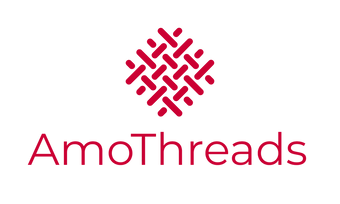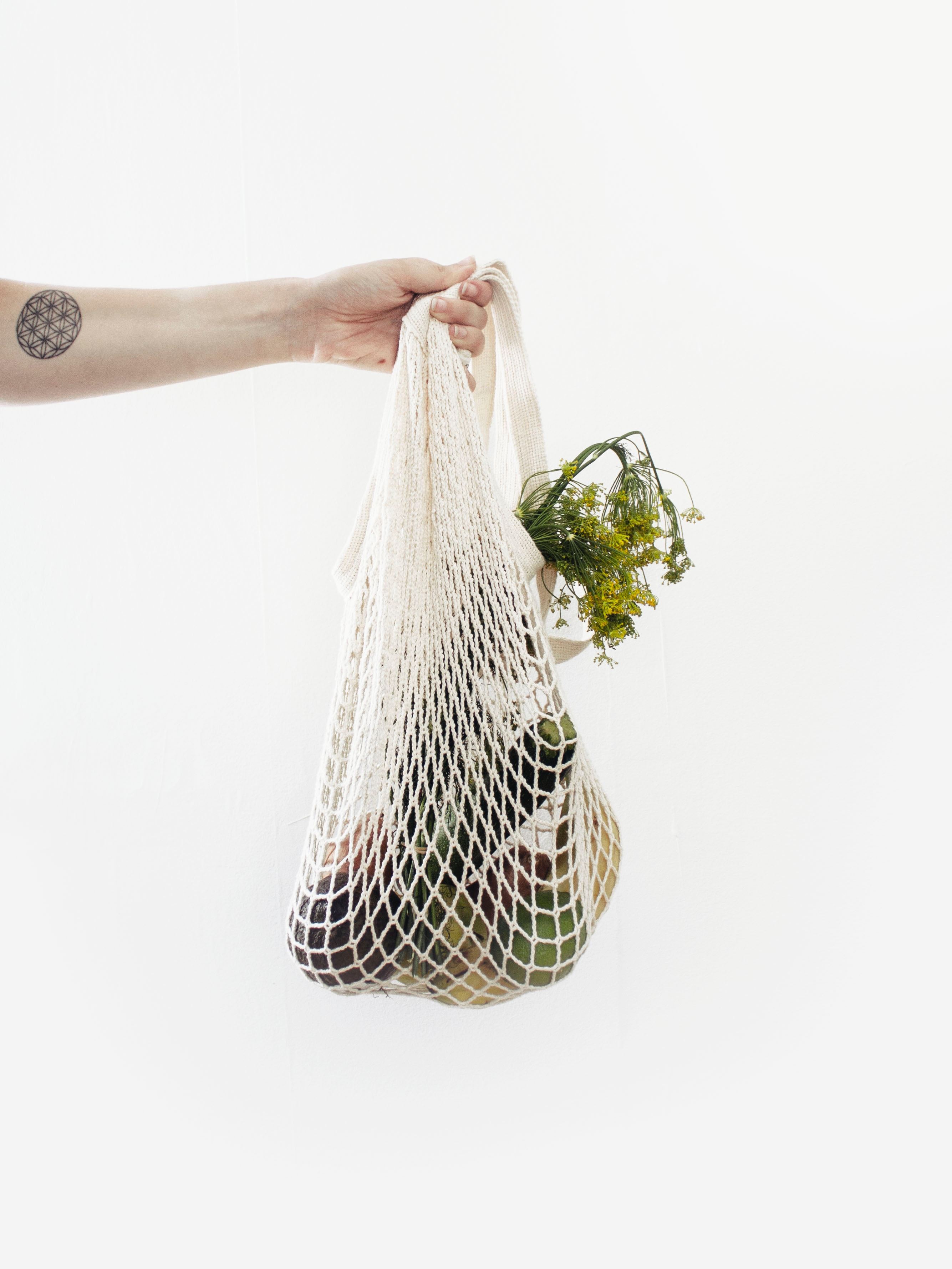With 2019 shortly coming to a close, we look back at some of the trends we've seen over the past year and look at what we can expect to see in 2020!
Wardrobe Rental Services
Over the past year we've seen numerous companies pop up who are allowing users to rent their wardrobes out. We all know that you could rent outfits for special occasions, but the beauty of these companies are that they allow you to rent everyday items for any occasion, at any time! With an average annual expenditure of £58 billion on garments in the UK alone, we think that there are plenty of clothes to go around! The main benefits to these services are, A) they stop the garments from not getting used anymore and ending up in the trash B) they allows users to make a bit of extra cash on the side! MY WARDROBE HQ is just one of the companies based in London!
Up-cycling
You've probably heard the term 'up-cycling' been used a fair bit just recently. For those who aren't sure what it means, according to Wikipedia, 'is the process of transforming by-products, waste materials, useless, or unwanted products into new materials or products of better quality and environmental value'. Using deadstock materials that would otherwise go to waste or re-purposing pre-used materials is a great alternative to ordering even more new fabrics that will then need to be made. Not only will this add to the huge fabric amount that is already there, but will also require even more water and toxic chemicals to make them. A great example of a company doing this, is London based JOA who make all of their garments out of items that charity shops can't sell, or materials that would end up in the landfill. They even make their business cards out of old magazines - amazing!
Suitable fabrics made from recycled materials
We have all heard and know about the major plastic issue that is polluting our oceans. Well Chinese company Waste2Wear found a solution to this by creating environmentally friendly fabrics using post-consumer plastic bottles. Their unique process turns waste into sustainable yarns which are then combined with natural fibres to create beautiful fabrics. According to their site, a whopping 8 million tonnes of plastic enters the ocean every year.
Another company making products out of existing materials are Piñatex - their end product is a soft leather like textile. If you wondering how they make it, this is the best part.... Piñatex is made out of leaves that are discarded from the pineapple harvest! After their unique process has been done, their end product is then used as a sustainable alternative to leather.
Deadstock fabrics
You've probably heard us mention this a few times, but we feel that we need to really make this point stand out...every year around the world, approximately $100 billion USD worth of deadstock fabric will be sat in warehouses and factories waiting to go to waste. With the majority of these fabrics, nothing will be wrong with them, just they are 'no longer needed' for the initial reason they were first made. This is where AmoThreads comes in. By connecting suppliers who have this deadstock fabric and designers who want access to this fabric, allows these materials to have a new lease of life. More and more designers are now incorporating deadstock into either part of their collections or creating their whole collection using it. One example is Patrick McDowell. Designer Patrick has sustainability at the core of his practice, using reclaimed fabrics and sustainably/ethically sourced materials. You can see his collection here that uses reclaimed fabrics and crystals from Swarovski.
What can we expect to see in 2020?
More sustainable practices are going to be the driving force behind the trends for 2020, and based on our opinion here's what we think we will see.
2020 Pantone colour
Already confirmed, the Pantone colour for 2020 will be 'Classic Blue'. According to Pantone 'Instilling calm, confidence, and connection, this enduring blue hue highlights our desire for a dependable and stable foundation on which to build as we cross the threshold into a new era.'
Now the choice has been made, we hope to see lots of brands incorporating this colour is a sustainable way!
Larger brands incorporating sustainability into their models
Given the circumstances, and the fact that brands, from small to large, need to change and be more sustainable, we think this will be a big trend in 2020. Whilst some big brands (such as H&M) are already doing their part, we think (and hope) that the other ones will follow. Not only does this set a good example, but also can make a huge difference given their sizes.
More education on sustainability
Whilst there is a big focus on sustainability in the news, we think that more educational institutes (such as universities) will start to make this the core of fashion courses. Whilst some are already doing this (which is great), we think that most, and if not all, courses will soon incorporate this into their courses to drive awareness from an early stage of a someone starting their career in fashion.
More brands incorporating deadstock into their collections
Whilst there are a huge amount of brands already using deadstock, we think that more will start to adopt this model and start to use what is already there. Given the huge amount of fabric that is already sat waiting in warehouses, this is a great, sustainable option to have a more greener model.
Whilst these are just our predictions we can now only wait and see what 2020 will bring us. Let's hope its a sustainable, greener and more ethical year ahead!




